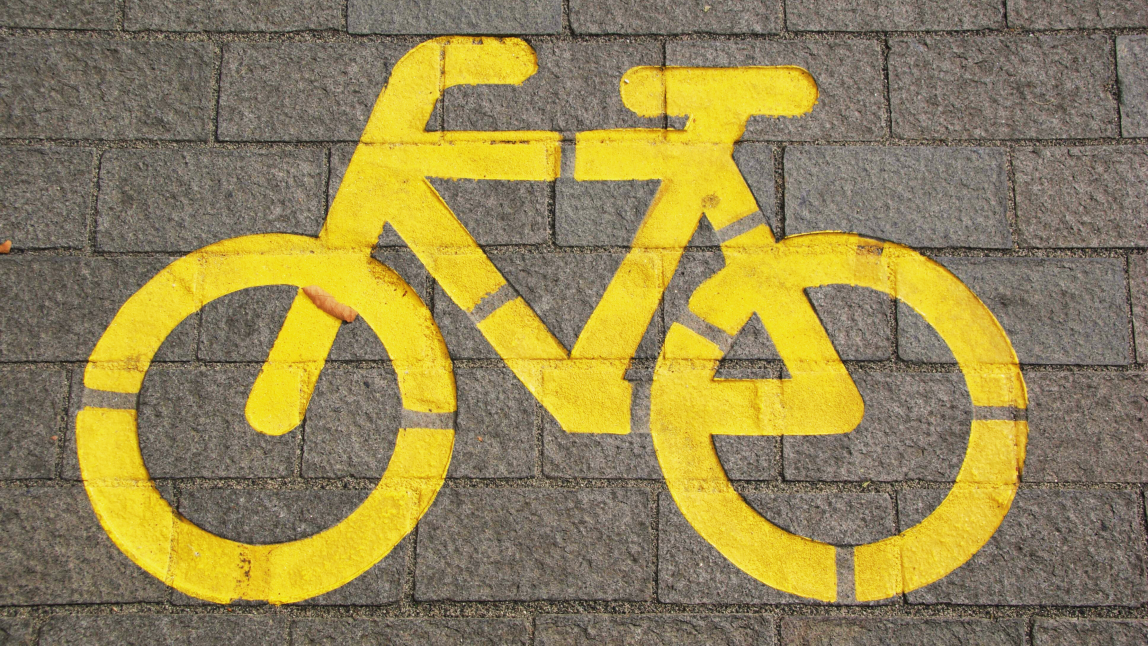
Making Breda's cycling infrastructure safer
09/08/2025 - 15:04
With 246 cycling fatalities in the Netherlands during 2024, the urgency for safer cycling infrastructure has never been greater. Ineke Spapé, a traffic specialist at BUas, recently joined journalist Sjoerd Marcelissen for a cycling tour through Breda to examine current challenges and propose solutions for creating a more cyclist-friendly urban environment.